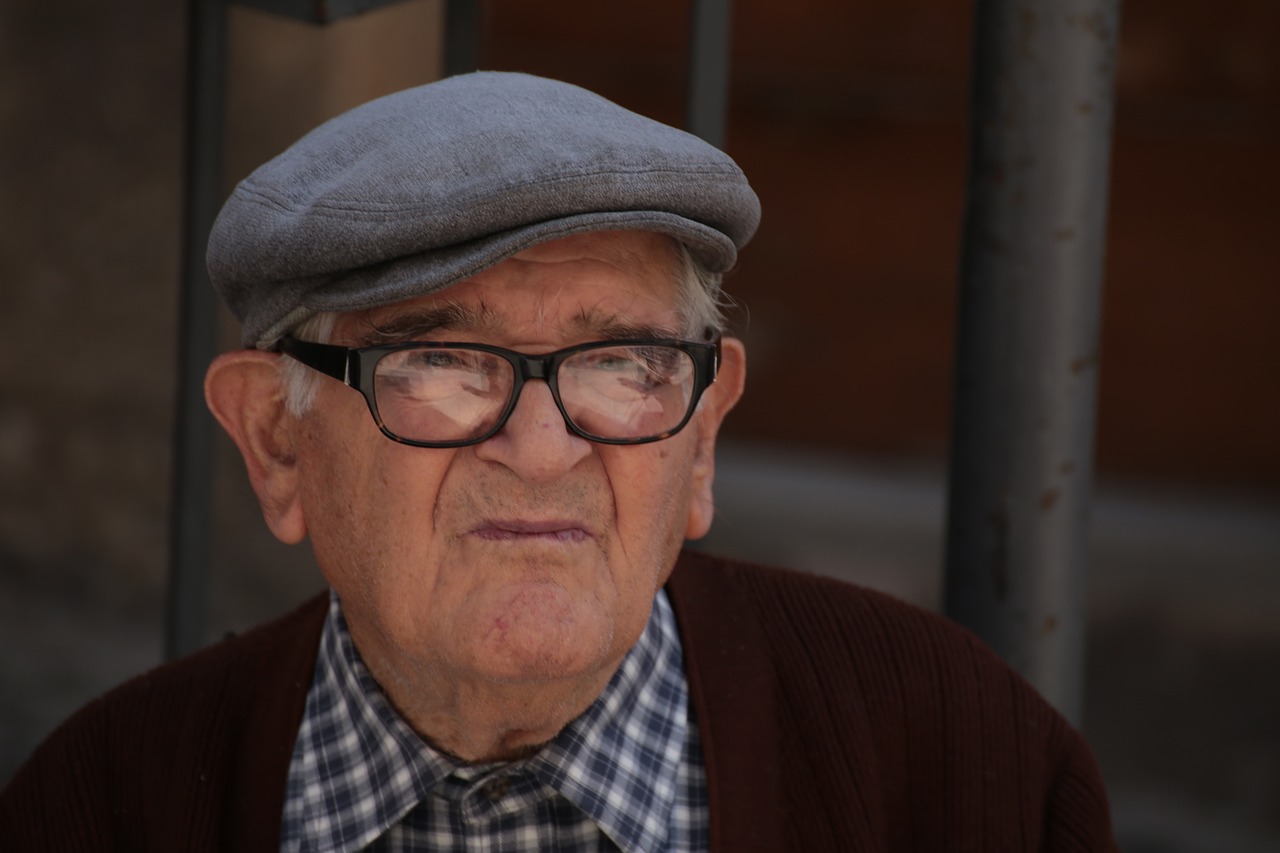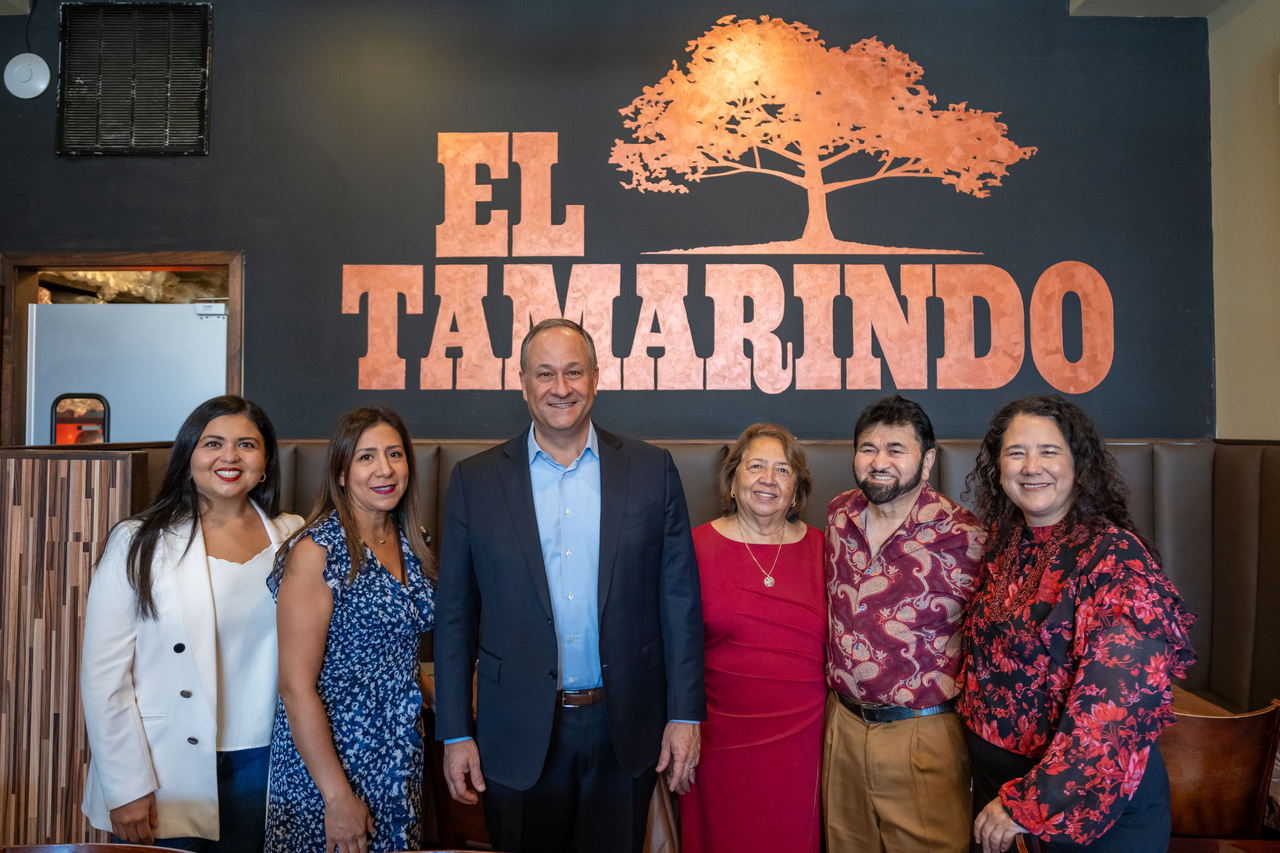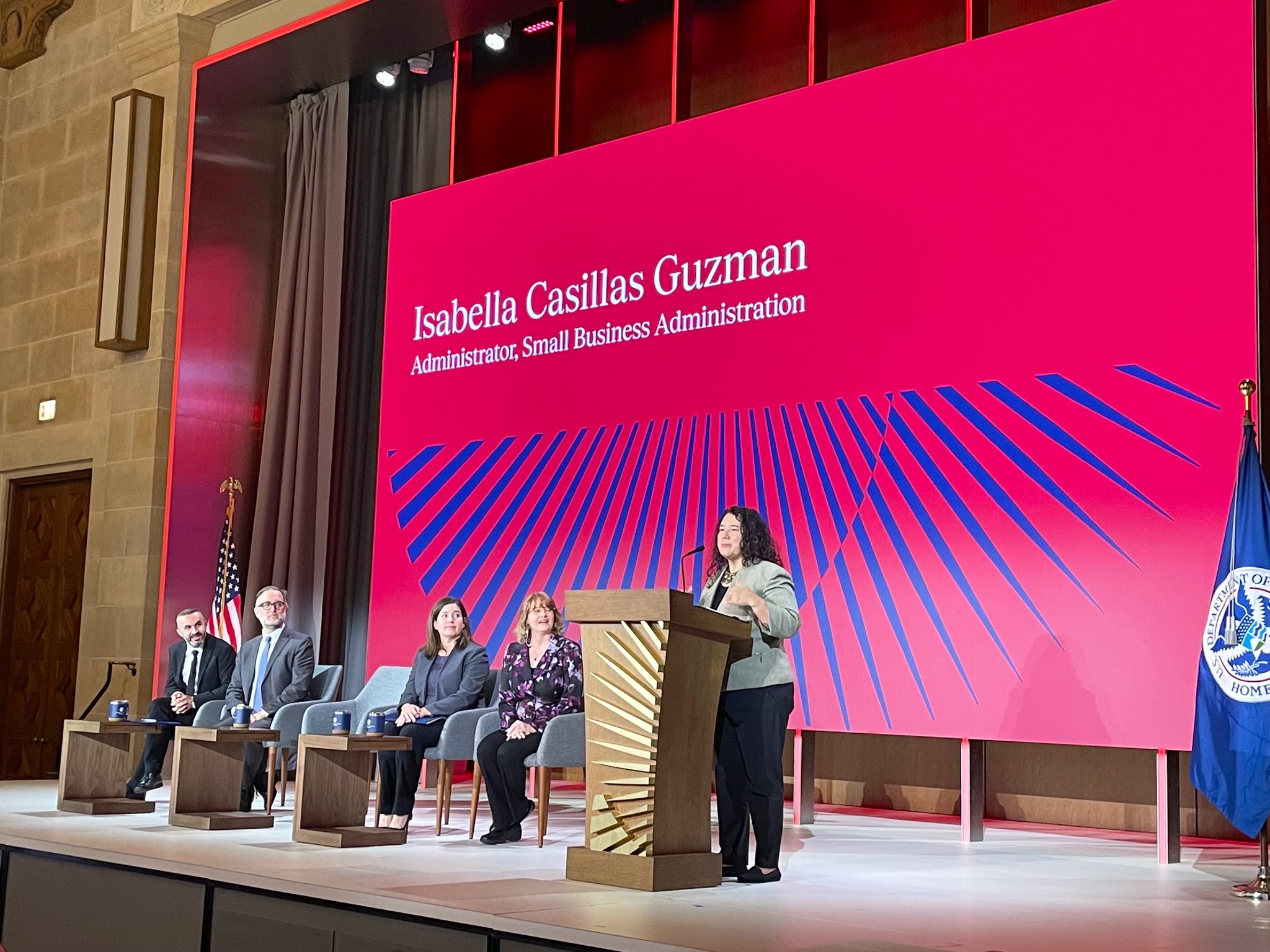
Medicine in Latin America: science and mysticism
Latin American history is one of miscegenation, syncretism and fantastic mergers. Medicine is one of the most eclectic aspects in the region, which has…
Have you ever visited the corridors of a hospital in Latin America? Religious figurines in the corners, aloe vera plants in the windows, and winks at a magical realism that surprise us at every step always accompany the white and pristine structure.
Latin America is one of the few parts of the world where doctors become saints, and where after a physiotherapy session a "sobandero" can intervene without one job excluding the other.
And it is that the impressive pre-Columbian history has survived years of subjugation, of incomplete independence movements, and has allowed the culture and the socio-cultural identity of the region to be transformed according to its own needs.
However, that magic-religious character has lasted to this day.
Since the Aztec Tepationi - who interpreted the disease as the manifestation of the wrath of the gods - and the doctors of the old continent met, a syncretism began to take shape.
Not only did the Indians know first-hand the diseases and treatments of the European, but people like Nicolás Monardes and Juan Badiano populated their manuals of herbs and treatments native to America.
From then on, nature, the Christian God, and the medicine that was beginning to develop in a scientific way in the European kingdoms were merged to never separate.
Anatomy and surgery took new directions; the bleeding and drainage began to be used in another way, while still purifying the bodies to "discard evil spirits."
Practices such as delivery care and attending to newborns remained on common ground between midwives and doctors called on in emergencies, and with the advent of independence, medicine was a heterogeneous field that perfectly combined scientific developments with indigenous practices.
The determining factor was the insistence of some religious men like Friar Diego de Landa in Yucatan for recognizing the "human" condition of the natives, and allowing them to maintain some habits and ways of life.
Even when natives insisted on continuing their traditions and rituals, they also began little by little to yield to the recommendations of the apothecaries.
RELATED CONTENT
It was in the mid-nineteenth century that the first executive bodies that gave rise to public health were created, and the standardization of procedures began to be designed.
The founding of the first universities and the establishment of the first official chairs of anatomy and medicine gave way to the definitive fusion of both practices.
As Professor Juan César García of the University of Buenos Aires remembers, it was from that time on that the shaman's house began to be separated from the asylums, workhouses and first hospitals, under the control of the so-called Protomedicato Tribunal.
"During the colony, the foundation of hospitals was the result of the real action of the Cabildo and the Audiencia, although most were of religious origin and were established not only for therapeutic purposes but for economic, political and religious interest," the academic adds.
The first public health ministries were born, in fact, in Latin America, specifically in Cuba at the beginning of the 20th century, a model that was followed by European countries such as Germany, England, and France.
It was from then on that the health system in America began to lead the development processes, even when the birth rates there were much higher than in other societies.
Diseases such as poliomyelitis, pertussis, and diphtheria were eradicated almost completely, and research institutes began to be recognized internationally for their great findings.
Today, Latin American doctors are among the best trained professionals in the world, and have a record of achievements, such as the first fingerprint identification system in the world by Juan Vucetich in Argentina, the fundamental chemical compound for the first contraceptive pill by Luis Miramontes in Mexico, and the development of vaccines against leprosy and leishmaniasis by Jacinto Convit in Venezuela.











LEAVE A COMMENT:
Join the discussion! Leave a comment.